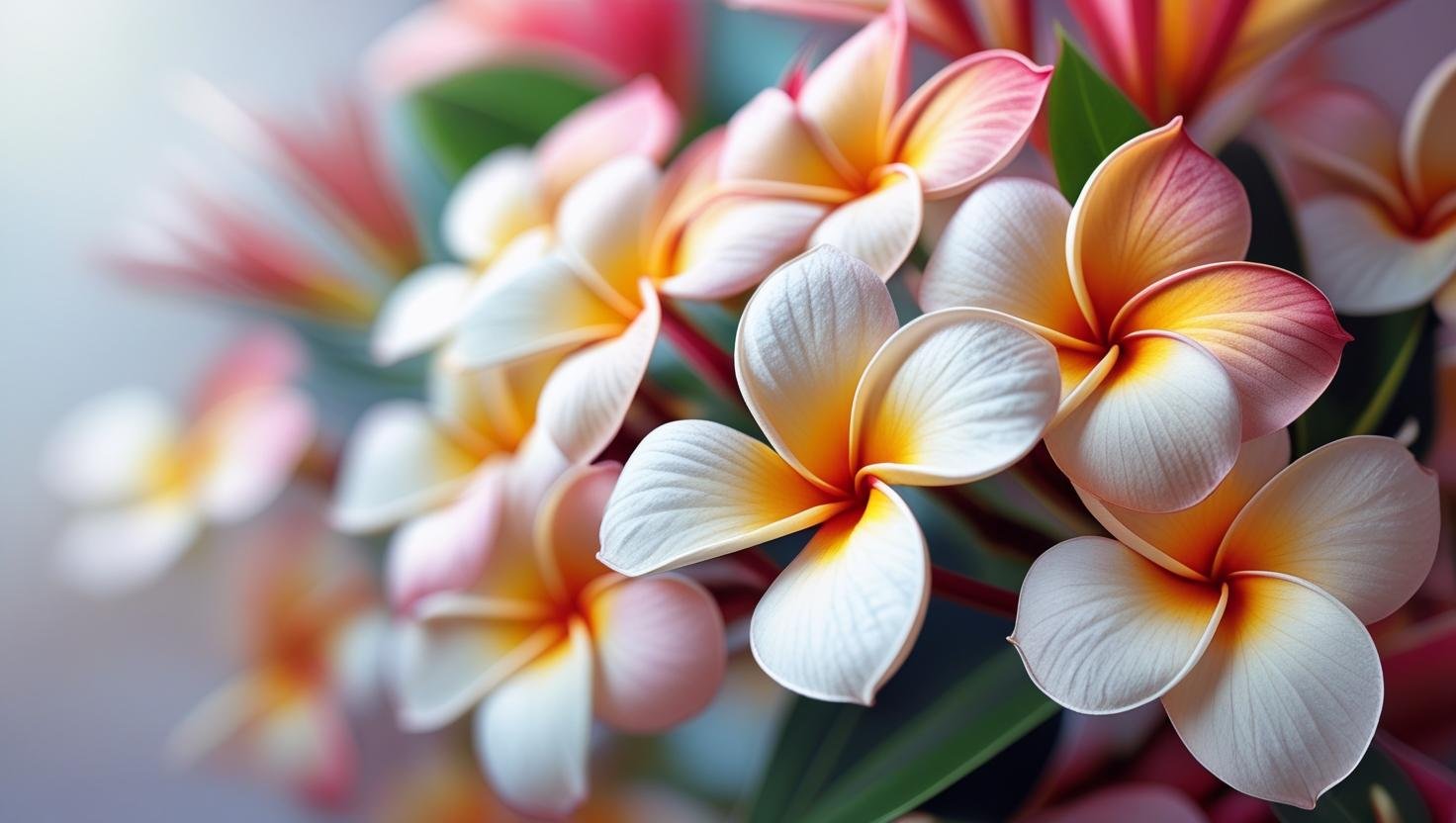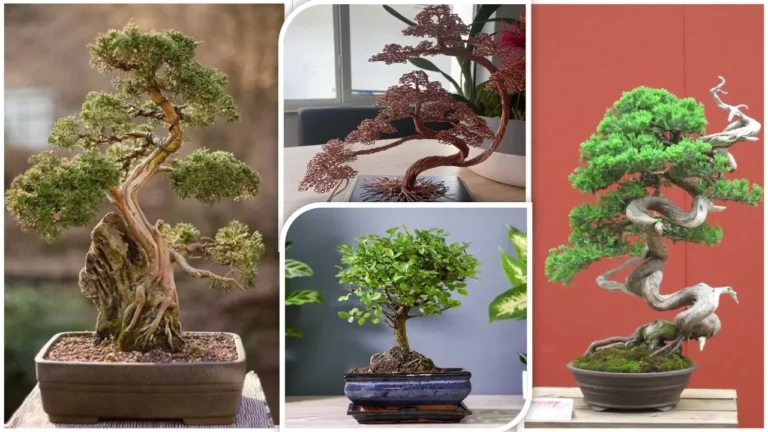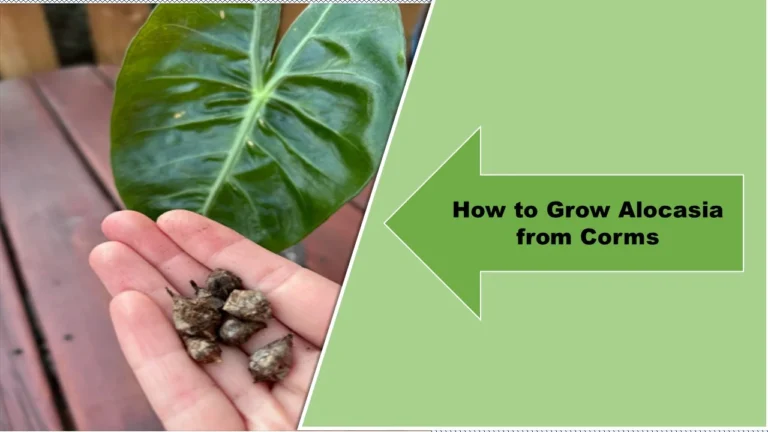How to care of Plumeria in winter: The 6 Essential Approaches
Plumeria, also known as Frangipani, Temple Tree, or Champa, is a tropical plant beloved by most gardeners worldwide for its eye-catching blooms and aromatic fragrance. It is considered an icon of beauty and spirituality in many cultures worldwide. In India, it is especially preferred for religious ceremonies as a sign of purity and devotion. Since this plant holds much significance, many people would be interested in learning about its cultivation. So, the following article outlines the information on how to care of plumeria in winter (temple tree), plus the nurturing of the plant in the regional climate.
Visual Appeal of Plumeria
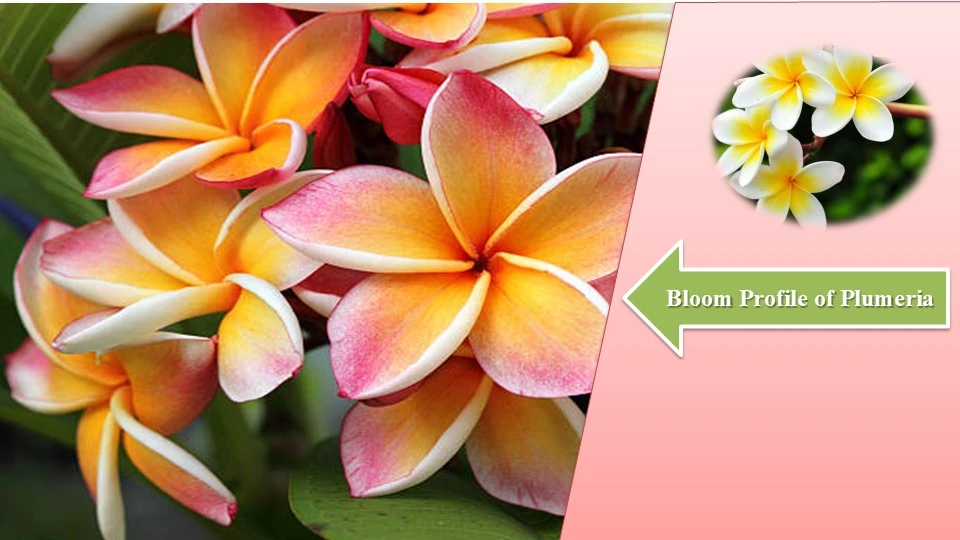
| Scientific name | Plumeria rubra L. |
| Common names | Frangipani, Temple tree, Pagoda tree, Calachuchi |
| Origin | Central America/Mexico/Caribbean |
| Plant type | Shrubs.Trees |
| Family | Apocynaceae |
| Sunlight | Full Sun |
| Flower colour | Pink, Yellow |
| Growing season | Late Spring, Early/Mid/Late Summer |
| Flowering season | November- April |
| Soil type | Sandy loamy |
| pH | Acid/Alkaline/Neutral |
| Known for | Cut flowers, Fragrant and showy flowers |
| Landscaping belief | In beds, borders, patio, and containers |
| Garden style | Coastal and Mediterranean garden |
How to Care of Plumeria in winter: Nurturing
Plumeria is a tropical plant that mostly needs warm temperatures for its best growth. However, if one wants to raise Plumeria in winter season, they would face the dormant season and less active growth of the plant. The following six essential approaches should be adhered to by plumeria growers to produce healthy and vital plants during the wintertime, to help plumeria survive in that season.
Sunlight
The plumeria plants, being tropical, require full sun and partial shade but thrive well in ample sunshine of at least 8 hours per day. In indoor conditions, they depend on very bright sunlight to bloom well. However, for a Plumeria in winter, when the temperature goes below 10 °C, the plant sheds its leaves and enters dormancy. So, one should bring the plant indoors and locate it in a dry, cool location.
Soil

Plumeria can grow in a wide range of soil types, but the most preferred soil for its best growth is porous, well-drained, and loamy-rich soil. To take care of plumeria in winter, avoid growing it in soggy soil, as it can lead to root rot. The optimum pH should be between 6.5 and 7. Mix some perlite and sand in the soil to improve the soil drainage properties.
Watering
Ensure that the weekly watering of the plant is followed, especially during the bloom season, to determine if the soil is dry or not. Prevent overwatering of the plant as it causes root rotting, which ultimately results in mortality. During the cool season, the water requirement is low, and if one over waters the plant, the lower leaves of the plant will turn yellow and drop down.
Temperature
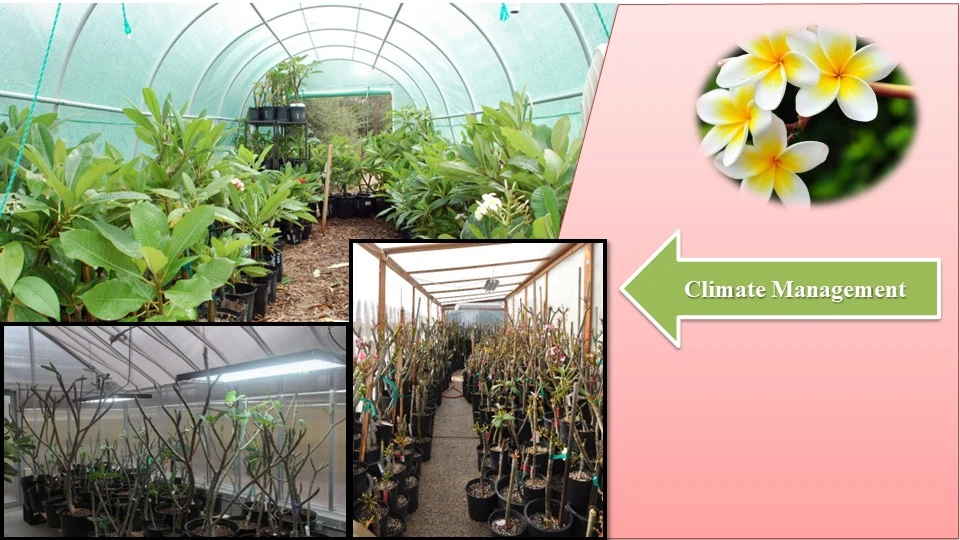
To care of Plumeria in winter (since it is a tropical ornamental), a warm temperature of around 18- 27 °C is required. A cooler temperature is a threat to the growth of the plant as it can damage or even kill young plumeria plants by burning the tips of the mature plants. Hence, relocating the plant to a warmer protected structure or maintaining the temperature is the best way to take care of plumeria in winter.
Propagation

This flowering ornamental is propagated through rooted cuttings, seeds, grafting, or air layering, amongst which the former two are considered easier methods. Plumeria grown from seeds takes more time (3-4 years to flower); hence, cuttings are the desired method for a commercially grown crop. The selected cuttings should be 12-15 inches long with a width of 1.5 inches. Although the winter season is not appropriate for propagation yet one can ensure success by considering the following steps in the chilly times.
- To propagate plumeria in winter, one should keep the cuttings in a warm and dry place.
- Select the healthy, mature cuttings of the previous year’s growth.
- Always use a well-drained soil as a planting medium.
- Take care of the factors like optimum temperature and light for good growth.
- At the end, patience is the key. Plumeria takes much more time (weeks to months) for rooting in the winter season due to dormancy as compared to summer.
Pruning
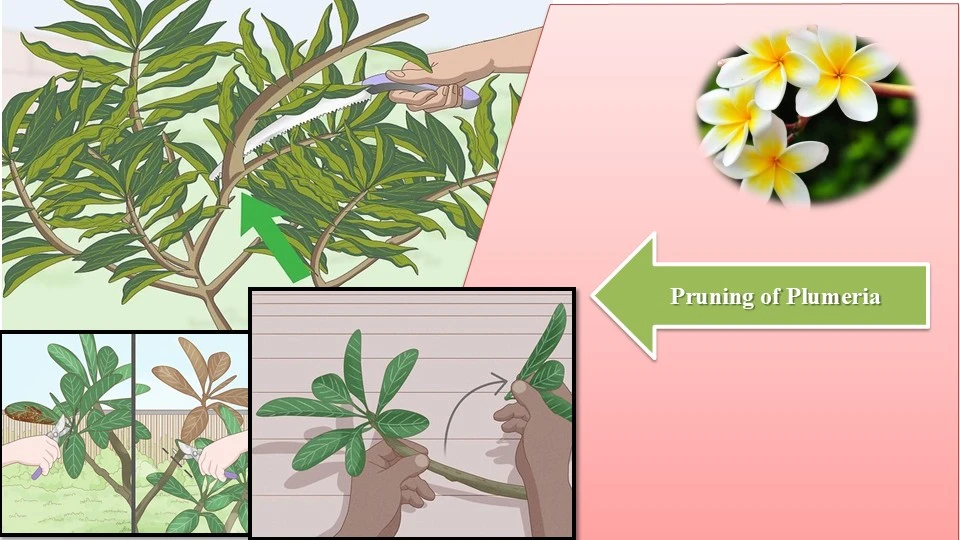
Usually, winters are not considered a suitable time to prune plumeria, but still, there are times when it becomes unavoidable (like to remove diseased/damaged portions) one can always follow the mentioned steps:
- Make use of sharp and sterilised pruning shears to form clean cuts.
- Avoid heavy pruning (remove not more than 20-30 % of the portion).
- Do not add fertilisers to the plant, after winter pruning.
- Nutrition Management: During the winter months, the nitrogen should be kept minimum, like one tablespoon per gallon-sized pot, during mid-October. After this, there is no need to provide nutrition again until March or April.
Wrapping up
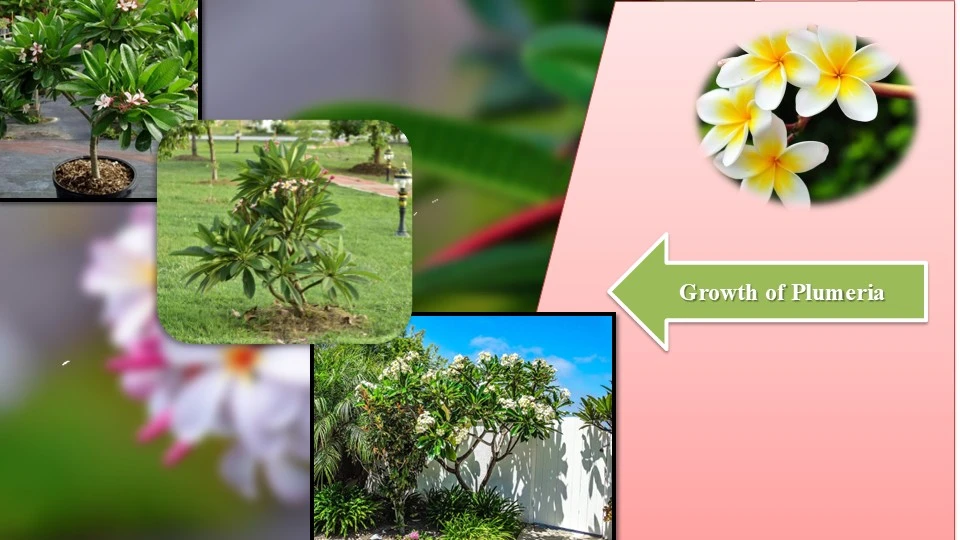
Winding down this article, every plumeria grower out there needs to know the above-mentioned essential steps to take care of their plant in the times of harsh winters. Whether it is the soil, temperature, propagation, or pruning method, every planter needs to understand that their plant requires more care in cold times to thrive and achieve good growth. The above article on caring for plumeria in winter, facilitates the grower with all the key points that he/she can keep in mind before raising this Frangipani.

